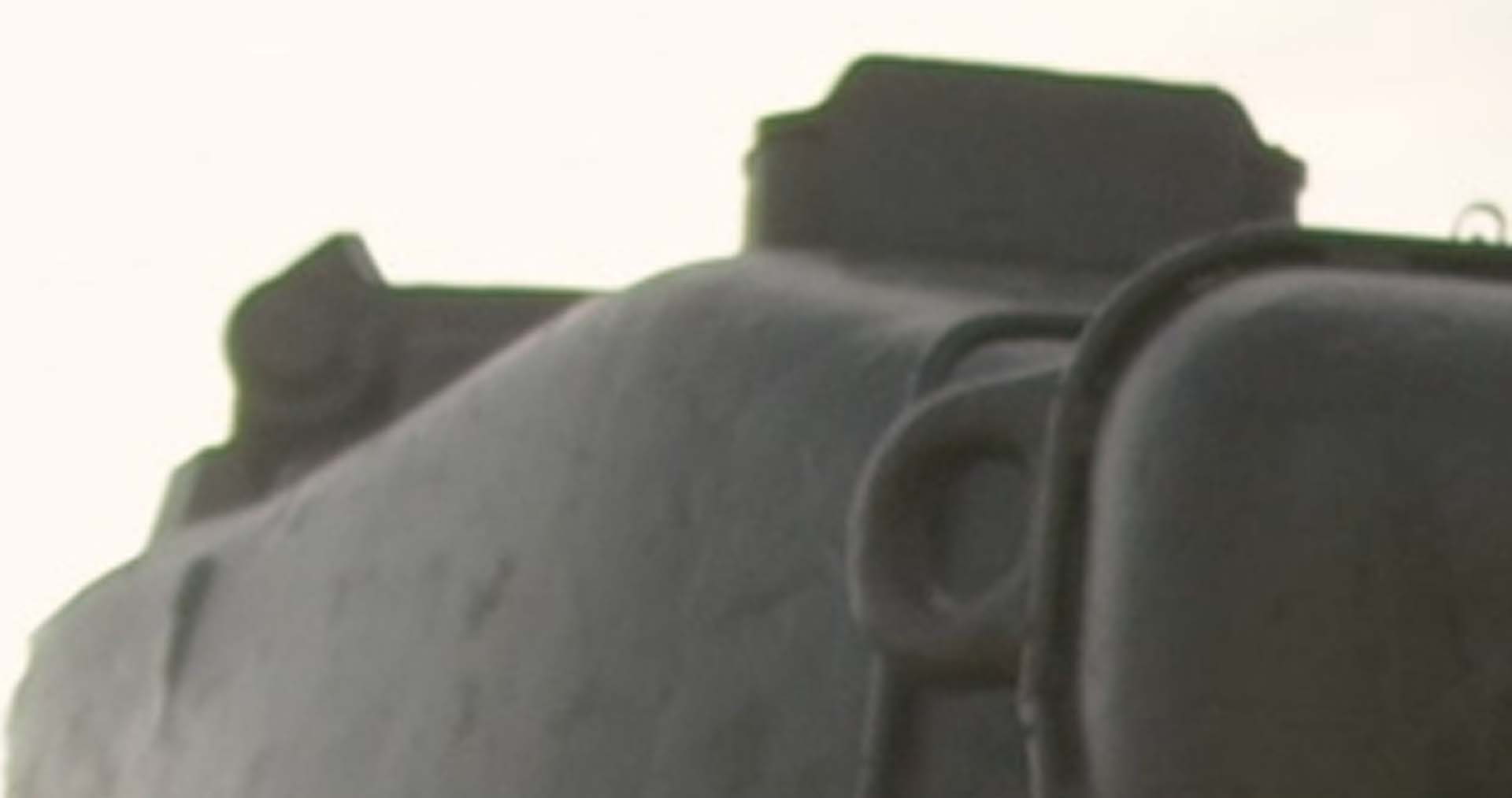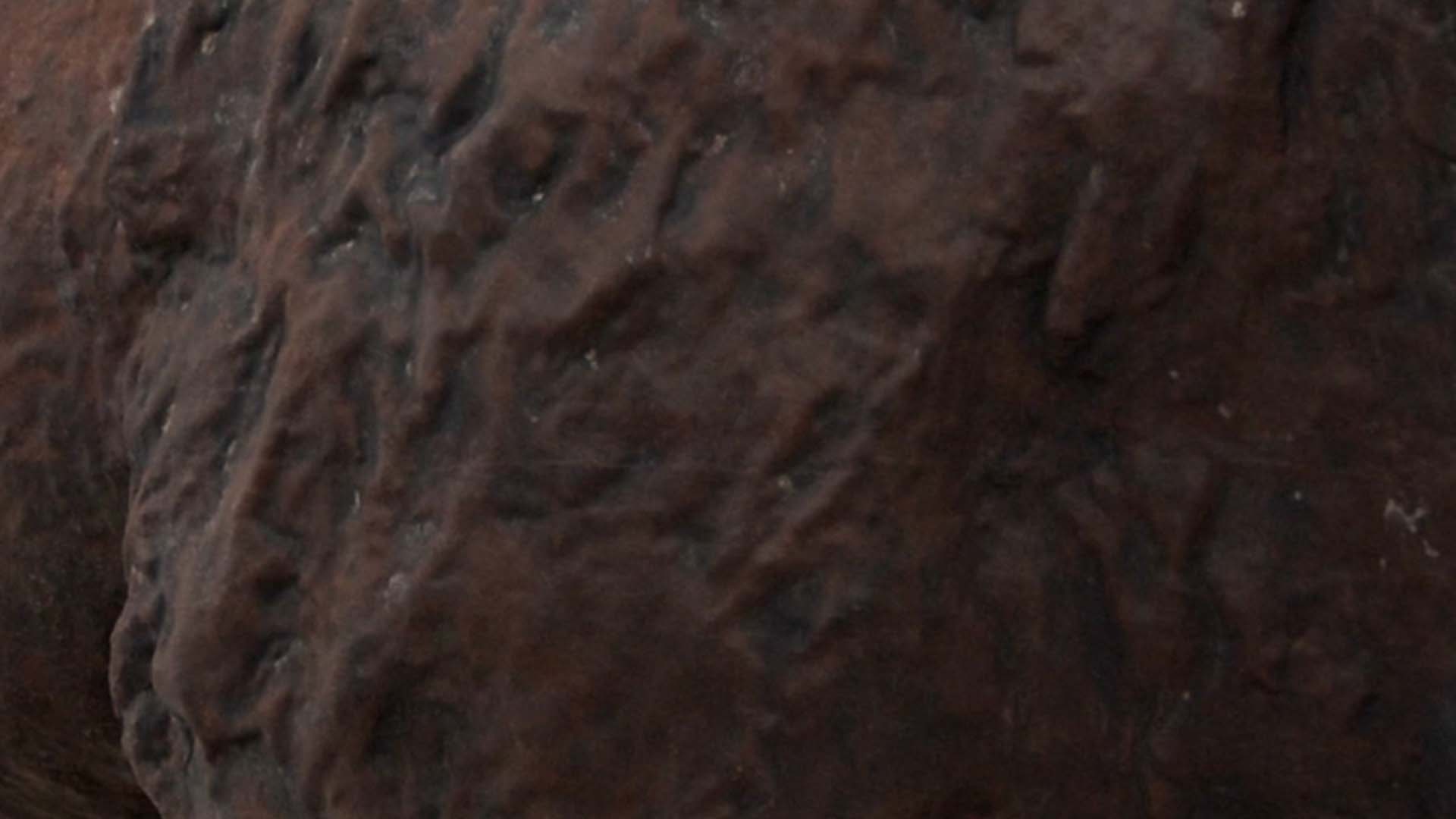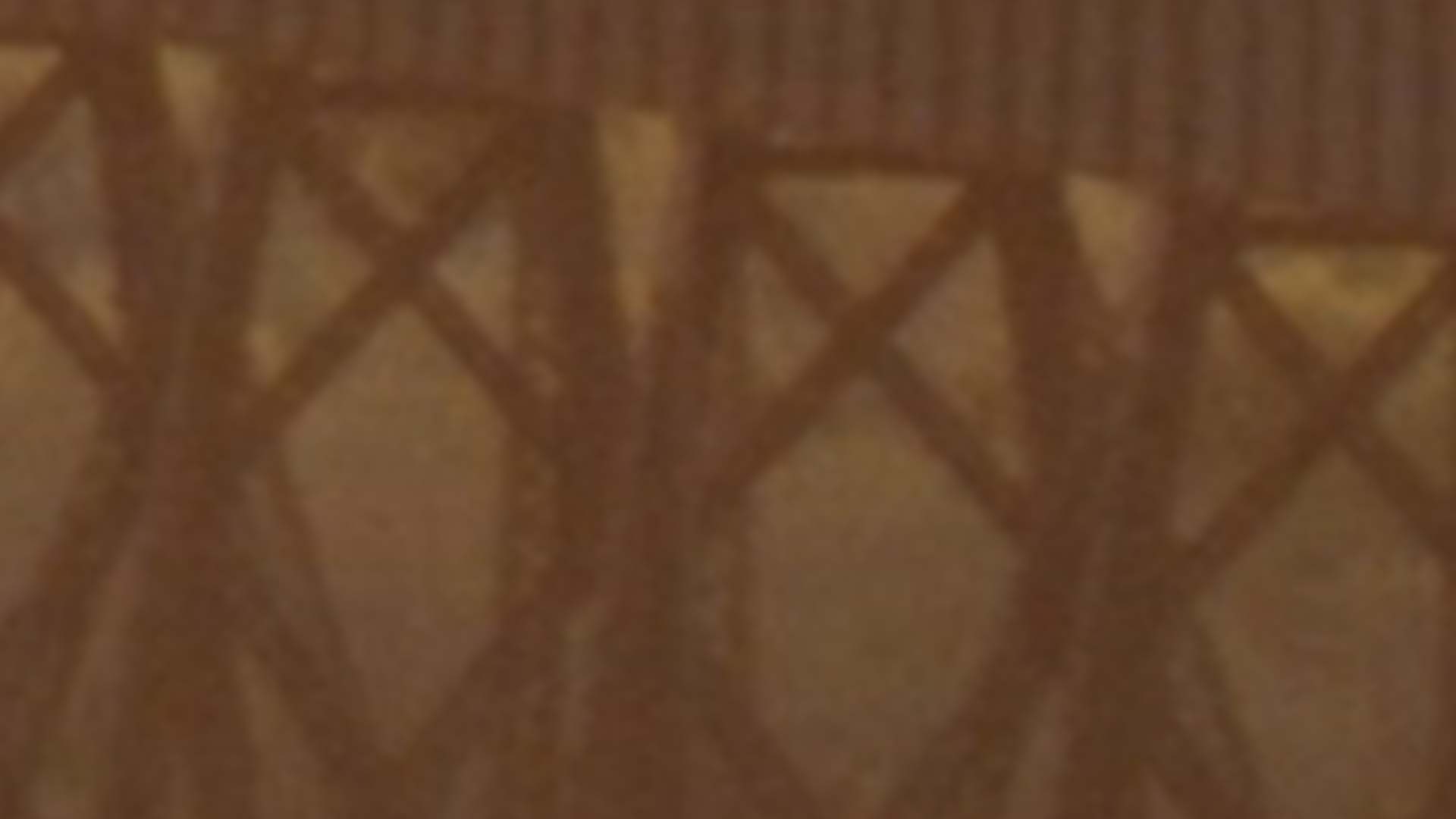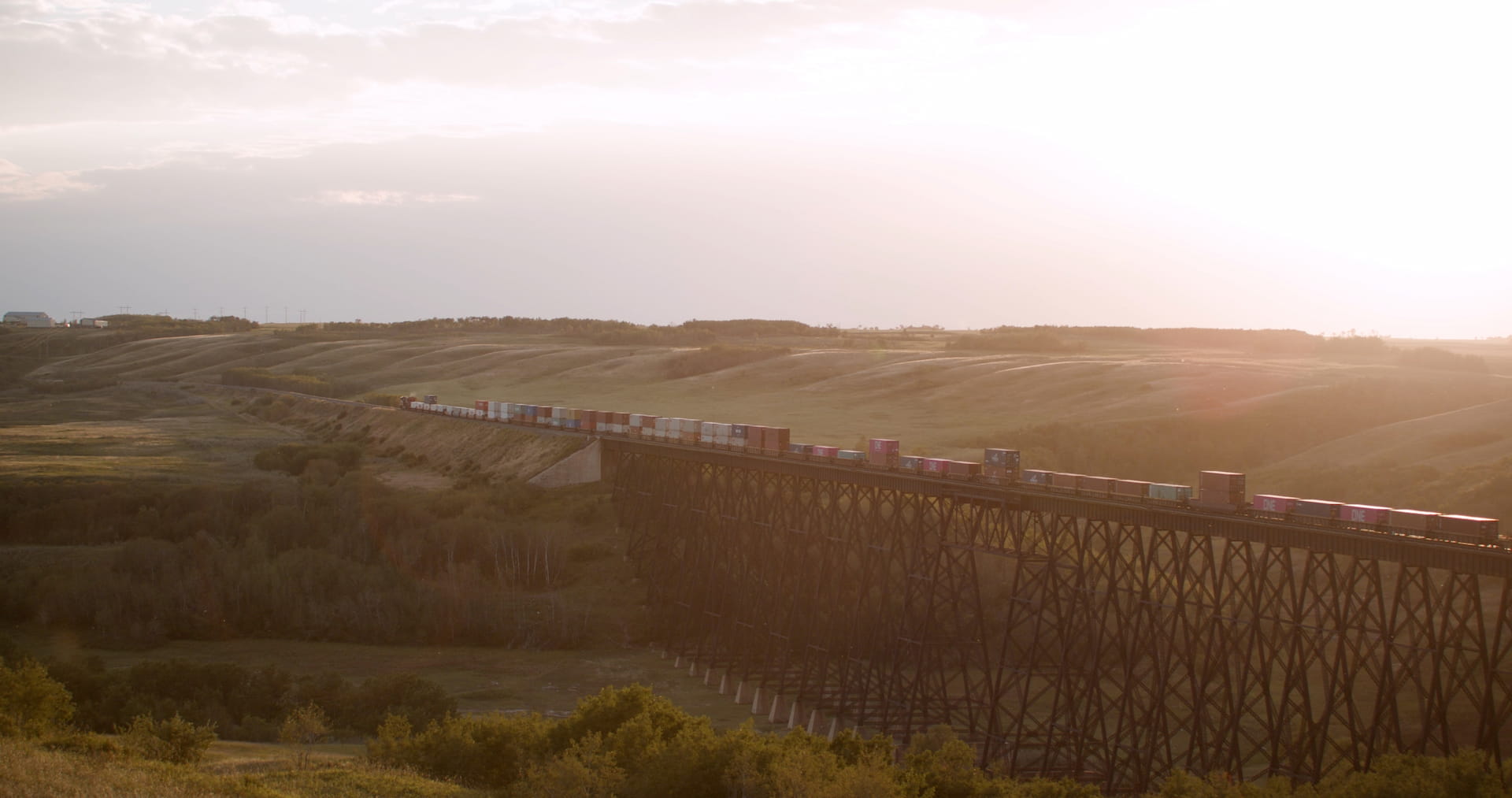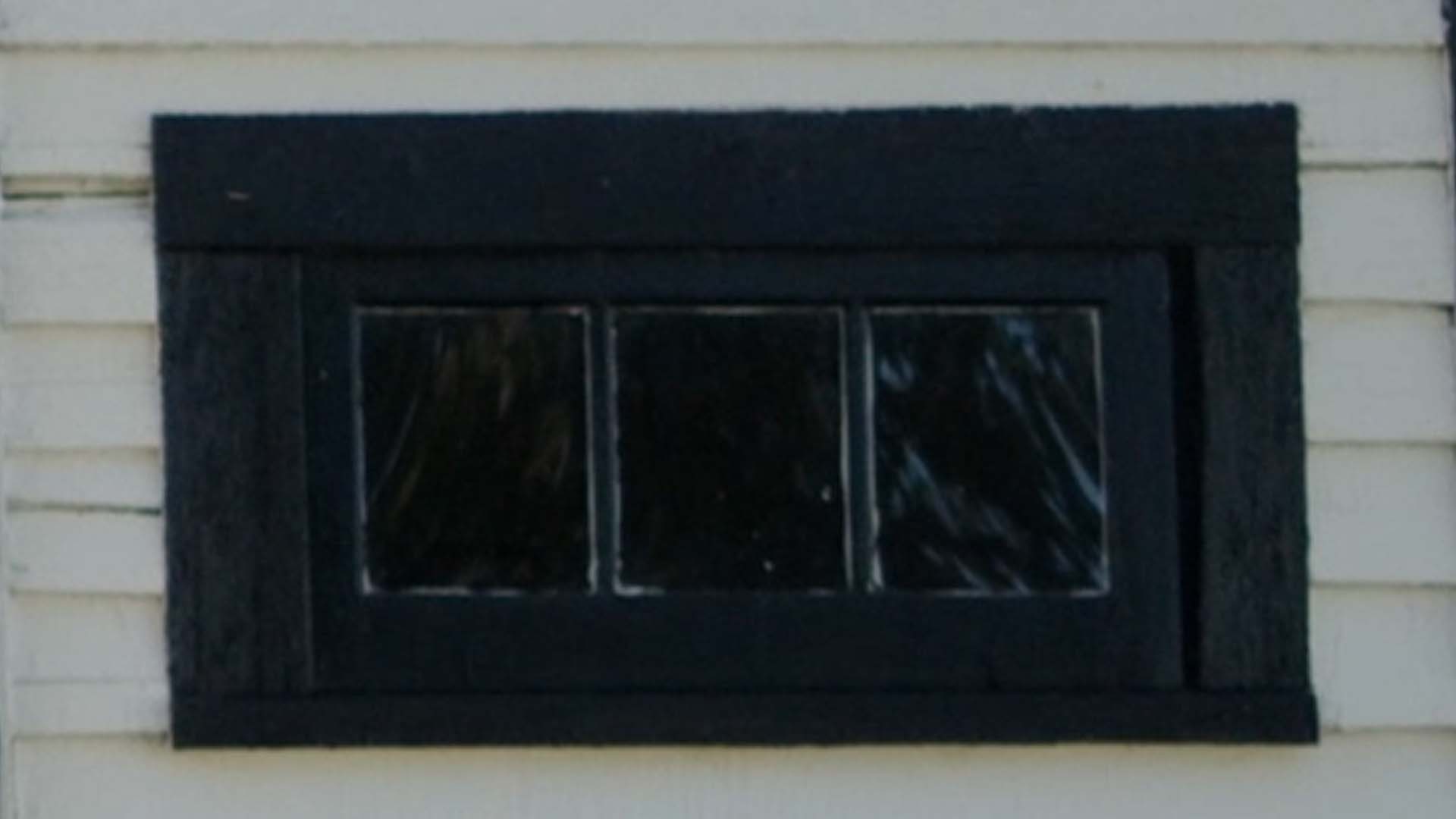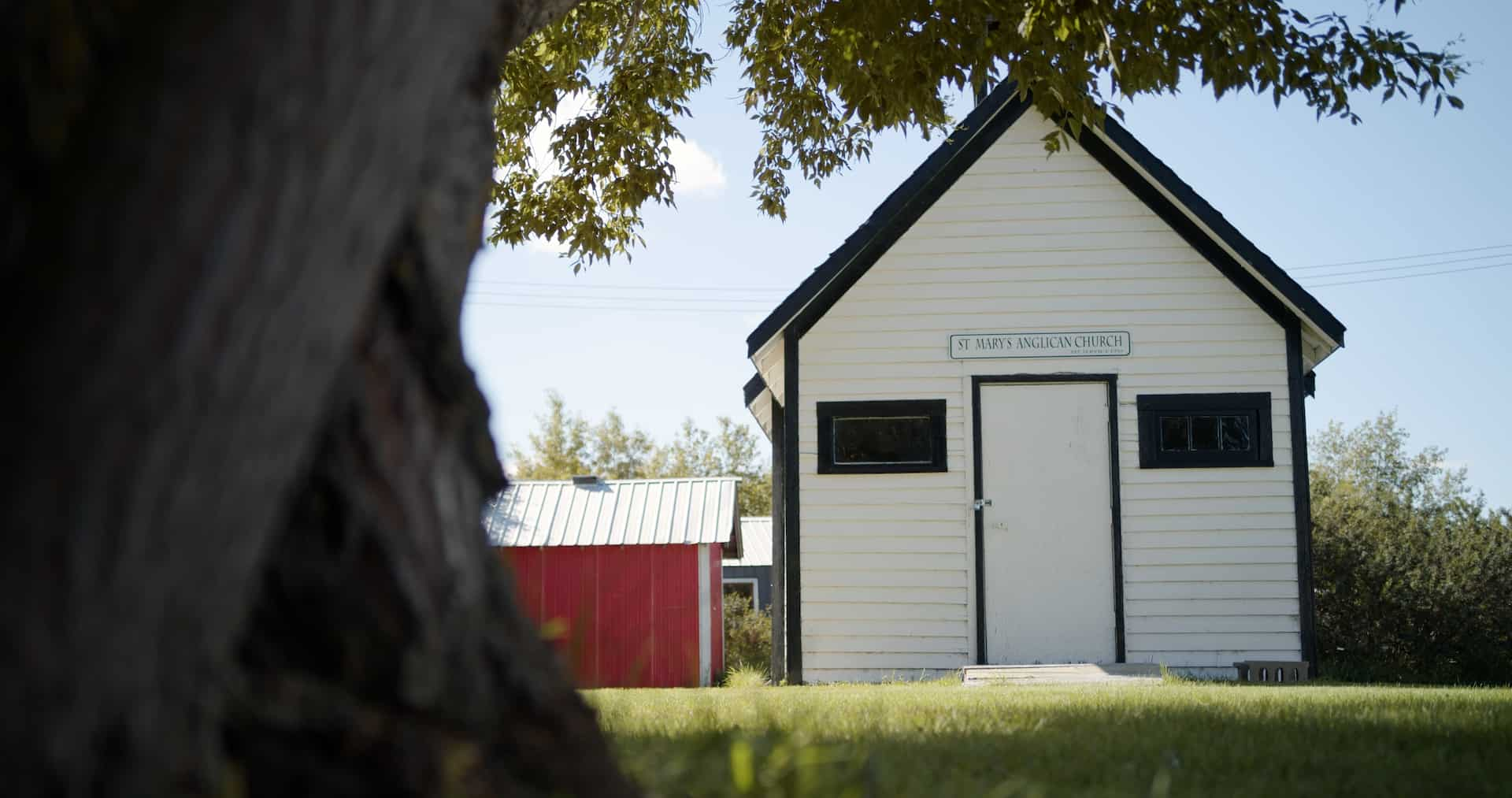Battle River Country is filled with historic attractions waiting to be explored. Test your knowledge and see if you can identify these local landmarks.
Hint – It’s big, it’s heavy, and you probably don’t want to cross its path.
Military Tank in Wallace Park
Wallace Park in Wainwright is home to one of the few surviving Canadian M4A2(76)W HVSS Sherman ‘Easy 8’ tanks. Nicknamed “Catherine”, the tank was built in 1945 and weighs over 30 tonnes. Wainwright has had a long and important role with the Canadian military. Canadian Forces Base Wainwright (CFB Wainwright) sits next to the town and is one of the country’s busiest Army bases.
Hint – Built in 1965 in memory of the great buffalo herds that roamed the region.
“Canada’s Largest Buffalo” Statue
The plains bison, commonly referred to as buffalo, roamed freely over the vast North American plains including in this area until hunted to near extinction in the late 1800s. I order to preserve this magnificent species, the Canadian government created the original Buffalo National Park in 1907 where the buffalo flourished until the eventual Closure of the park in 1939. The buffalo has remained the primary symbol of Wainwright as a reminder of this proud history.
Hint – 2775 feet long and 195 feet high.
Fabyan Trestle Bridge
The Battle River Railway Trestle, commonly known as the Fabyan Trestle Bridge, was constructed between 1907 and December 10, 1908. In 1907, the concrete footings of the bridge were poured. With the help of local farmers, supplies were hauled in by wagons from Hardisty until construction began on the eastern side of the valley where supplies could be delivered by rail. After its completion, the first train to cross over was the one being used to build it, while the first transportation train to cross was in January 1909. When GTP was nationalized in 1923, the bridge became part of the mainline of the Canadian National Railway (CN).
Hint – You’ll find it among teacups and tractors.
Saint Mary’s Anglican Church
The Saint Mary’s Anglican Church pictured above was donated to the Irma Historical Society to be used as a museum. The Irma Museum gives visitors a glimpse into the early settlers’ lives. The 1934 Anglican church along with the 1928 house next to it, the childhood home of internationally renowned Company’s Coming® cookbook author, Jean Paré, are home to historical artifacts, photos, as well as teacups.
